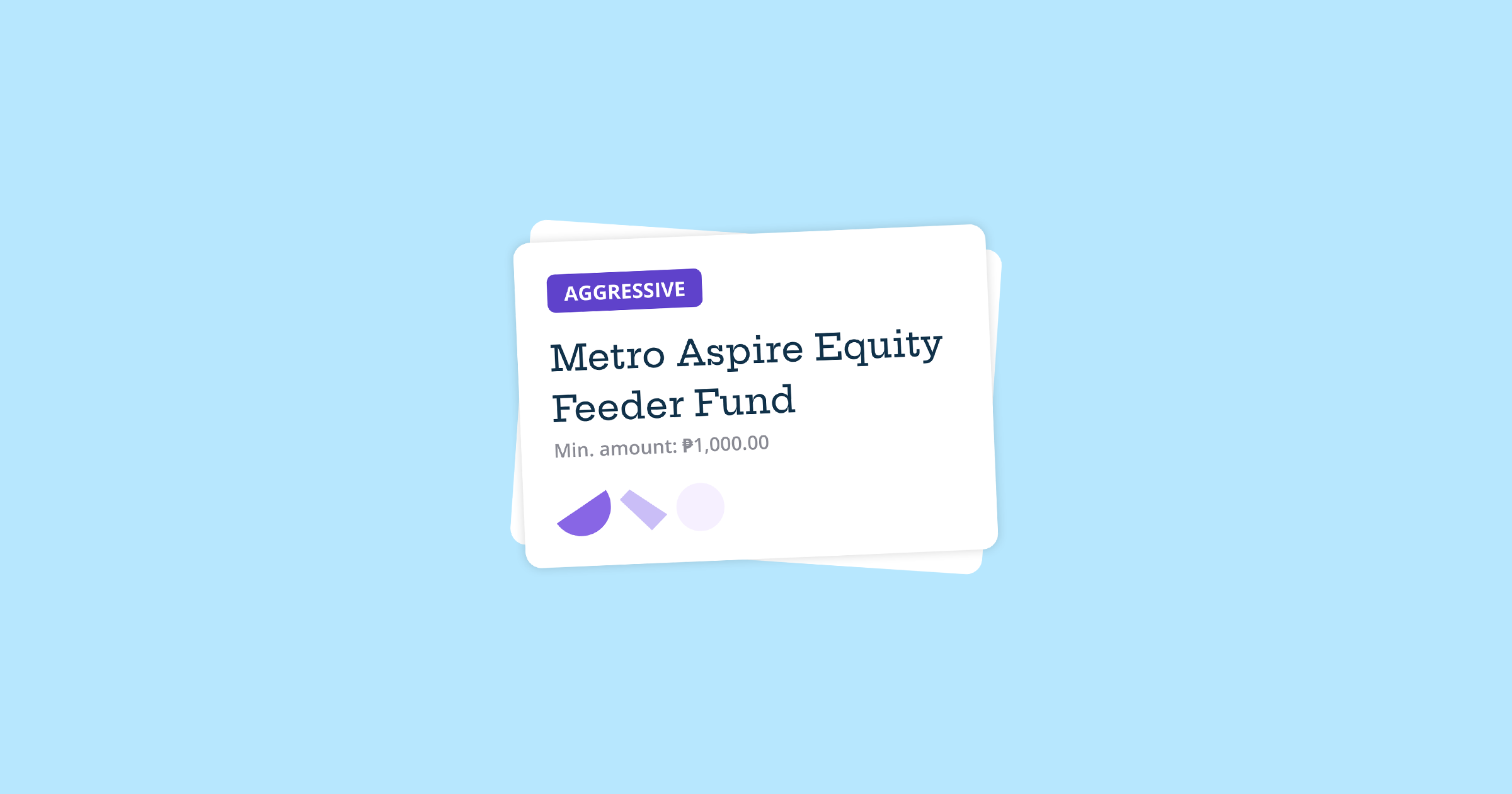What if we told you there was a way for you to invest your money automatically? Enter feeder funds.
There are two reasons why they are called feeder funds:
- The money you invest is “fed” into bigger investment funds.
- You “feed” the fund with money every month for a certain length of time called a build-up period.
As you might know, Unit Investment Trust Funds or UITFs let you put your money in assets like stocks and bonds by splitting up the cost and ownership into units.
Instead of putting your money in assets, a feeder fund puts your money in a bigger investment fund like another UITF.
How do they work?
Let us say there is a fund you want to put your money in – Fund A. The minimum investment in this fund is P10,000. If you want to take things a bit more slowly, you can put your money in its feeder fund, if it has one.
Instead of putting in the P10,000 at once, a feeder fund allows you to make an initial subscription of P1,000 at first, and then you keep adding a certain amount every month. It’s like investing in installments.
The fund manager of the Fund A Feeder uses your money to buy units in Fund A. So, when Fund A grows, so does Fund A Feeder.
What are the advantages of feeder funds?
Like any investment product, a feeder fund has advantages and disadvantages. One clear advantage is the lower minimum investment. Instead of putting in a huge amount, you can invest a little at a time.
This is a good way to invest automatically. Feeder funds may also charge lower fees—or even none at all—compared to other UITFs.
The disadvantage of feeder funds is that they’re not available for all UITFs. Another disadvantage is you won’t be able to time your investments.
This means you can’t choose when to invest and when not to invest because you have to put in the money regularly.
On the plus side, the automatic top-ups will allow your investment to grow quietly in the background while you focus on other things.
Feeder funds in summary
Feeder funds are UITFs that are more accessible while letting you set up a way to save and invest without effort.
They have lower minimum investment and top-up requirements as well as lower fees (or no fees) as well.

.jpg)
